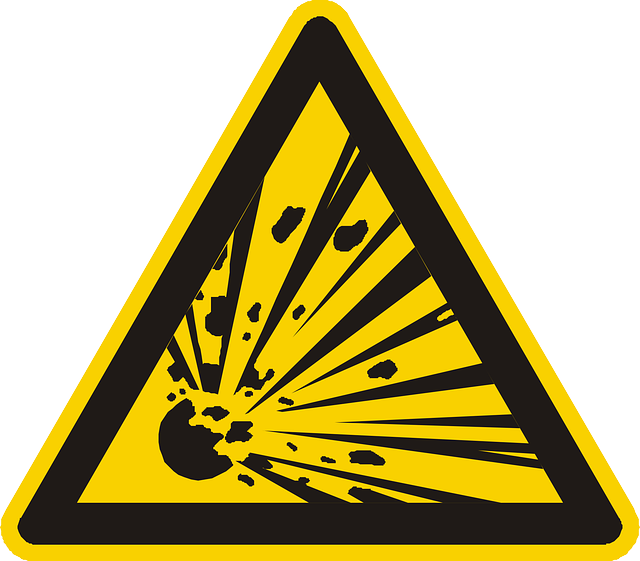Retail theft poses significant risks to businesses and customers, leading to financial losses and impacting store operations. To combat this, retailers are implementing robust customer safety checks, including thorough background screenings of employees, to identify potential threats and safeguard inventory. Effective customer safety checks involve staff training, advanced technology like EAS tags, and strategic strategies tailored to each retailer's operations to minimize theft risks and provide a secure shopping experience.
In the dynamic landscape of retail, safeguarding merchandise and ensuring customer safety is paramount. Retail background checks play a pivotal role in mitigating theft risks, fostering a secure shopping environment. This article delves into understanding the intricate web of retail theft, exploring its impact on businesses and customers alike. We uncover the transformative power of comprehensive background screening in enhancing customer safety checks, offering practical strategies for retailers to implement robust safeguards within their stores.
- Understanding Retail Theft Risks and Their Impact
- The Role of Background Checks in Customer Safety Checks
- Implementing Effective Safeguards for Retail Environments
Understanding Retail Theft Risks and Their Impact

Retail theft, often in the form of shoplifting or organized retail crime, poses significant risks to businesses and customers alike. It’s a growing concern for retailers worldwide, leading to substantial financial losses and impacting overall store operations. Beyond the monetary value of stolen goods, these incidents can create an unsafe environment for staff and shoppers.
Customer safety checks play a pivotal role in mitigating these risks. By implementing thorough background checks on employees, retailers can identify potential threats and ensure that only trustworthy individuals gain access to merchandise. This proactive approach not only protects valuable inventory but also fosters a secure shopping experience for everyone involved.
The Role of Background Checks in Customer Safety Checks

Background checks play a pivotal role in enhancing customer safety checks within retail environments. These checks are a powerful tool to mitigate theft risks and ensure a secure shopping experience. By thoroughly screening potential employees, retailers can identify individuals with a history of theft or fraudulent activities, thereby reducing the likelihood of internal theft.
Implementing robust background verification processes allows retailers to navigate potential security gaps and vulnerabilities. It enables them to make informed decisions when hiring staff, fostering an environment where every individual contributes to maintaining customer safety and safeguarding inventory.
Implementing Effective Safeguards for Retail Environments

Implementing effective safeguards is paramount in retail environments to ensure customer safety checks and mitigate theft risks. Beyond basic security measures like surveillance cameras, retailers should employ strategic strategies tailored to their operations. This includes staff training on loss prevention techniques, such as identifying suspicious behavior and proper bagging practices, to foster a proactive approach.
Additionally, leveraging technology can significantly enhance these safeguards. Retailers can utilize advanced inventory management systems that provide real-time data on stock movements, alerting staff to potential discrepancies. Employing electronic article surveillance (EAS) tags and automated gates at exits further deter theft by quickly scanning for untagged items, ensuring every purchase is accounted for in customer safety checks.






